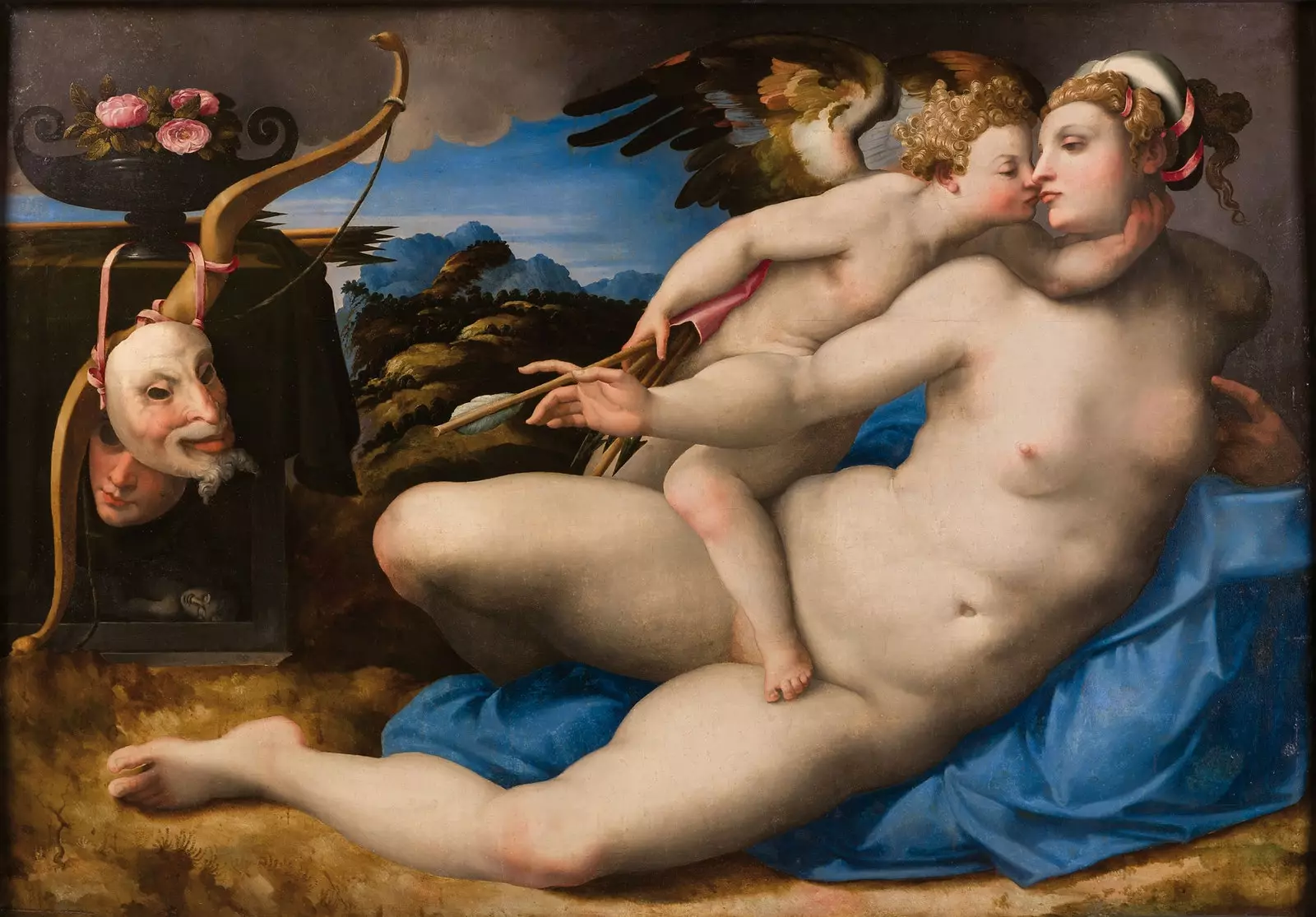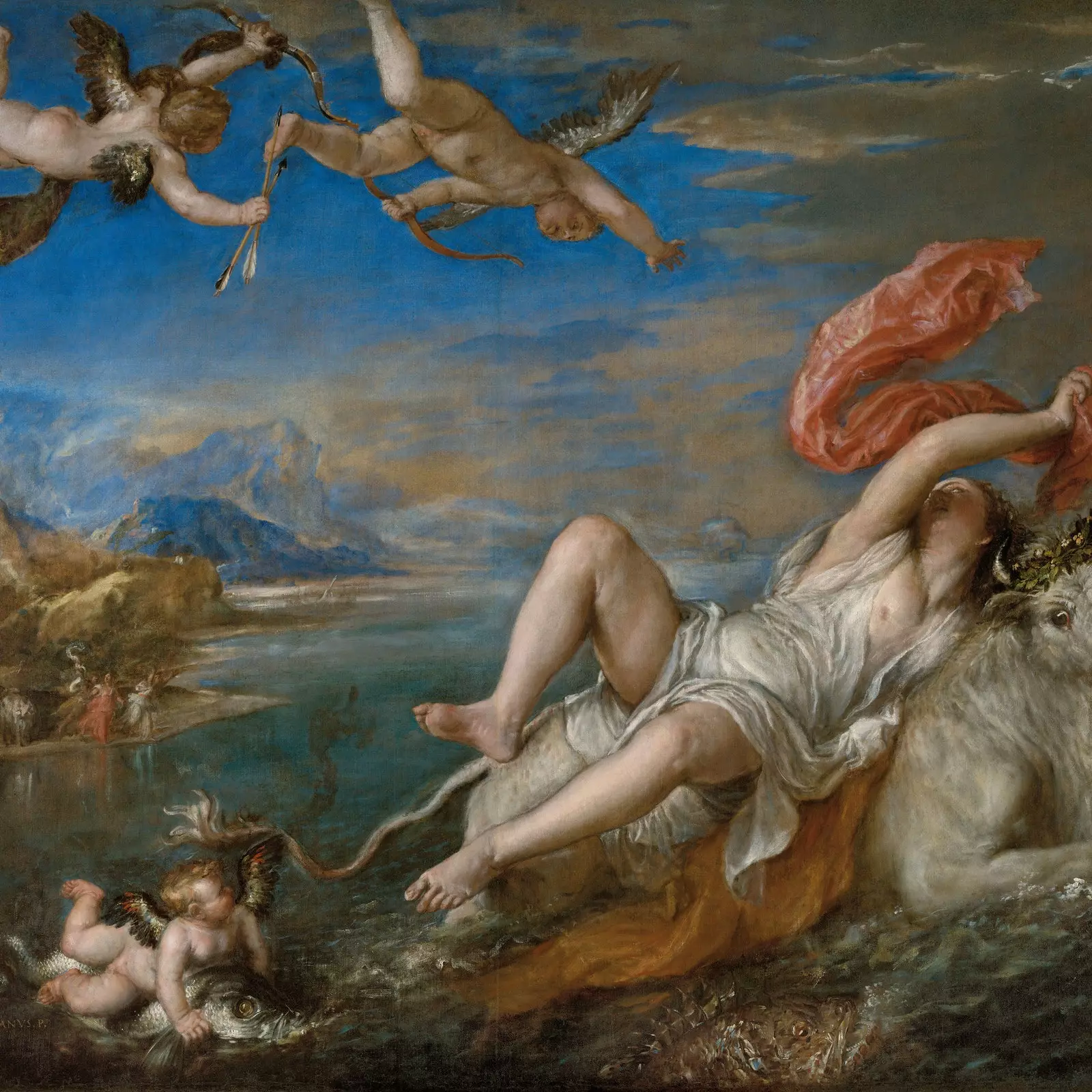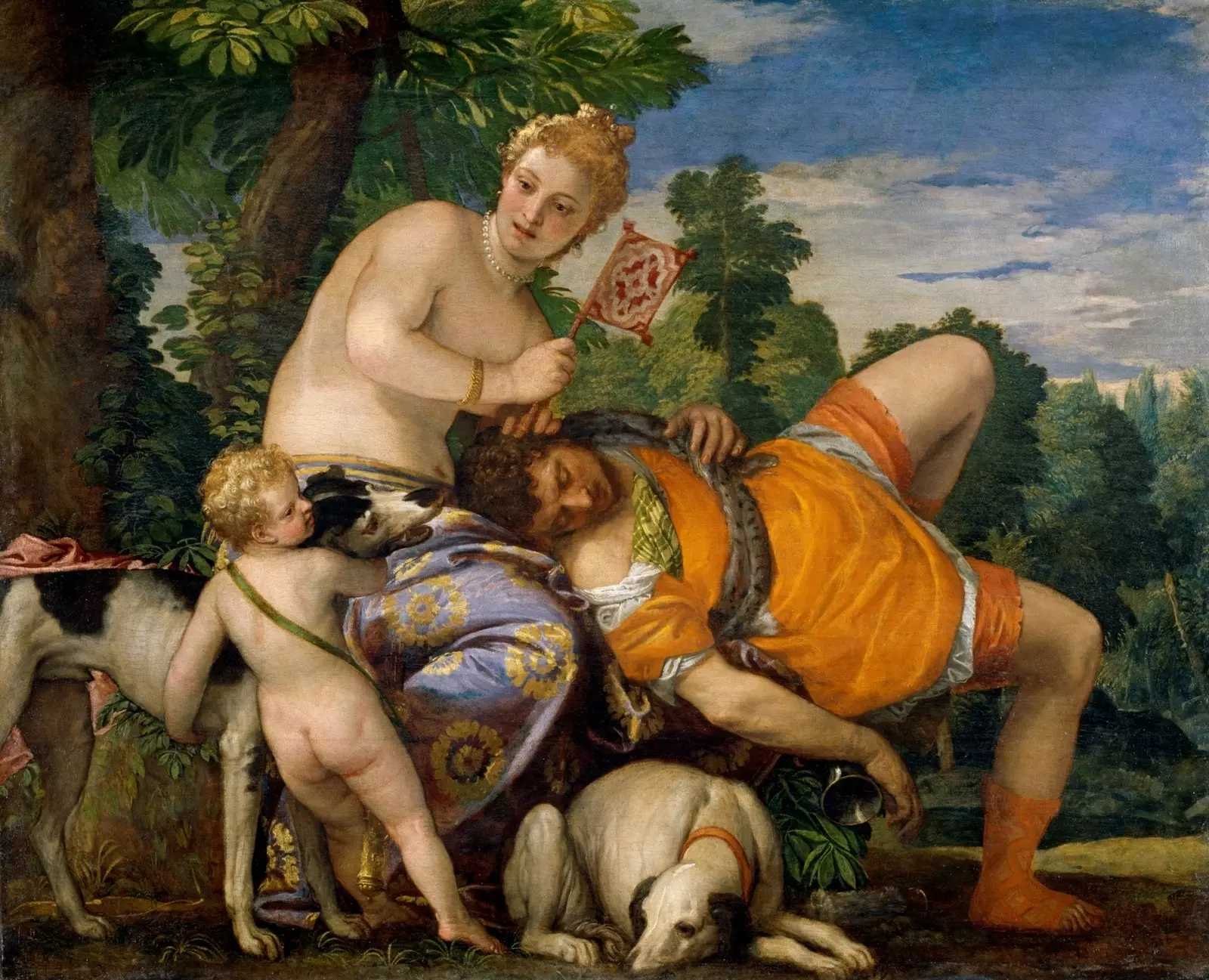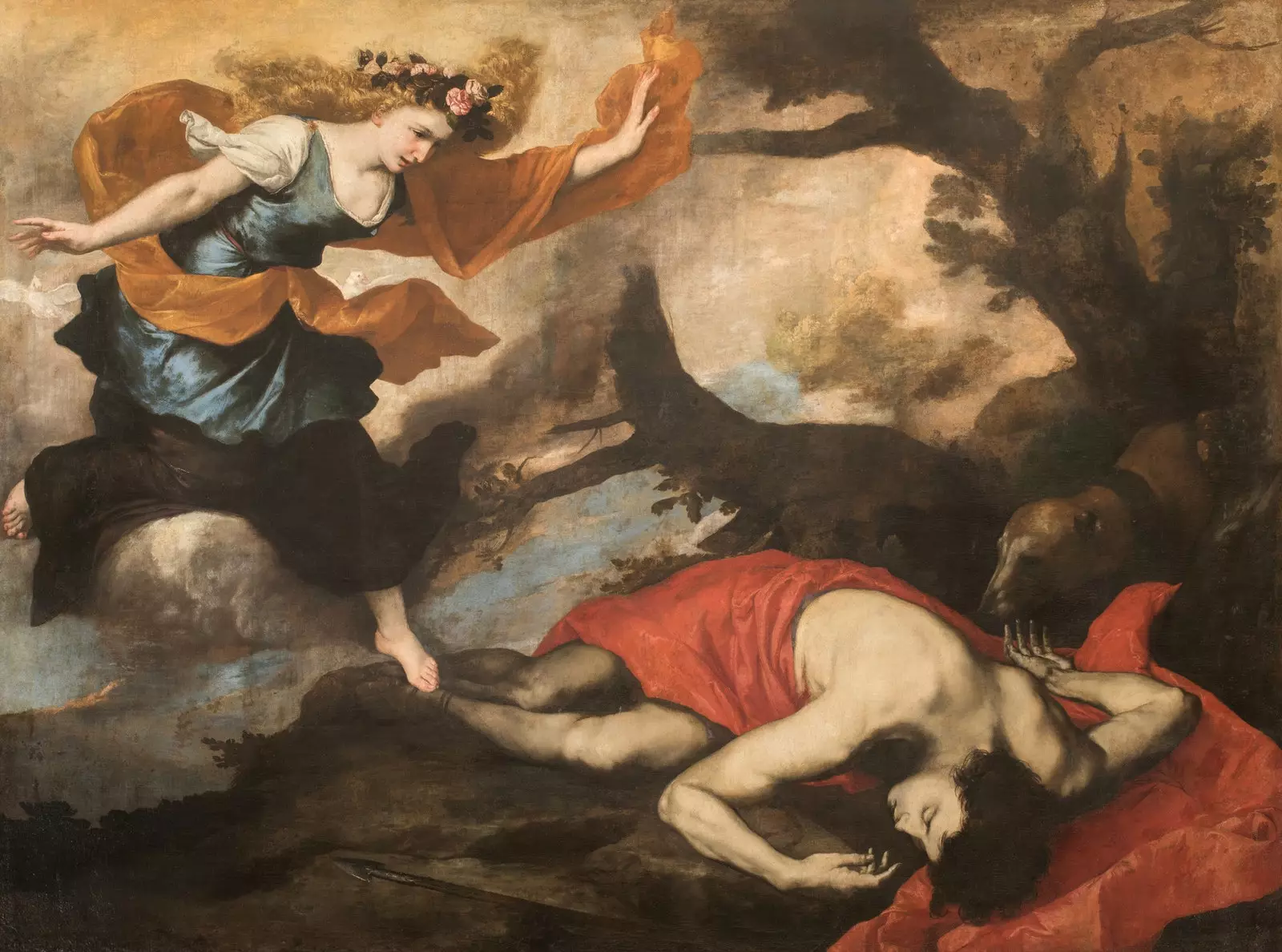
Venus and Cupid will be some of the protagonists of the exhibition.
Love is a feeling that has been able to occupy any artistic discipline . We have been able to enjoy its thousand faces through literature, cinema and painting. In its most romantic version, but also tragic , there are not a few times that we have sighed before a work of art that embodied this emotion. That is why The Prado National Museum opens today, March 2, an exhibition dedicated to the artists (and that we will enjoy until July 4) who represented him openly and who they interpreted the mythology to give rise to some of the most important paintings in history.
Mythological Passions focuses on the works of Veronese, Allori, Rubens, Ribera, Poussin, Van Dyck and Velázquez . However, the most exciting moment of this inauguration lies in a long-awaited reunion by art lovers. For the first time since the 16th century, the six "Poems" that Titian painted for Felipe II meet in Madrid , turning the artist into the absolute protagonist of the exhibition.
MORE THAN PAINTERS
The 29 works that make up the exhibition they are much more than a handful of beautiful pictures. Actually, it is almost a claim through the brush. Mythology was extensively represented in painting . Great works such as the Iliad and the Odyssey by Homer, the Metamorphoses by Ovid or the Aeneid by Virgil, among others, were the inspiration for these artists when capturing love, desire or beauty.
This effort to put on canvas the famous myths turned this group of painters into something else, into poets . Their ability to create gave them this title. Words were not their tool, but they managed to transform them into strokes and colors, put a face to the characters that starred in those myths and even imagine new scenes when the context allowed . Mythology was between the pages and they illustrated it.

The six "Poems" by Titian will be brought together for the first time since the 16th century.
THE EXHIBITION
Organized by the Museo Nacional del Prado, the National Gallery and the Isabella Stewart Gardner Museum, the exhibition is the most vivid display of love . With its lights and shadows, the artists in the show present it as something overwhelming and try to expose that strange combination of emotions that lead him, the duality between "joy and pain" , as Alejandro Vergara, Head of Conservation of Flemish Painting and curator of the exhibition, explained in the presentation.
As his name indicates, passion is the engine and the common thread . A passion that turns carnal and sometimes erotic , taking into account that mythology gave artists more creative freedom than themes related to the religious environment. Passion is in charge of representing love almost inevitably associated with madness , that is why he was able to make him lose his mind, not only humans, but also to the gods.
That's why, Mythological passions is not a name chosen at random , but a strong load of meaning. These are works of passion, which relate the sexual wanderings of the gods , but they also allude both to the passion they arouse in art lovers, and to that which has been generated among artists , as they are eternally imitated works.
Thus, the intervention of the rest of the characters can also be understood. Veronese, Rubens, Poussin, Velázquez and Van Dyck, along with many other names, were greatly influenced by Titian's painting . The works of the artists that followed each other, inspired by the previous ones, were a faithful demonstration of artistic progress, a way of shouting that belonged to a pictorial tradition.

'Mythological passions' represents love in all its versions, even experienced by his own goddess Venus.
THE WORKS
Danae, Venus and Adonis, Perseus and Andromeda, Diana and Actaeon, Diana and Callisto, and The Abduction of Europa give name to the six "Poems" of Titian . It is here where we can admire the imagination of the artist (or poet) when he invents that Venus holding Adonis before his death and where we can realize that indomitable force of love that he is capable of possessing even the goddess who represents him along with beauty and fertility.
And after the “Poems”, we will see how the rest of the artists interpreted them. Rubens was one of the most influenced by Titian and that is why he keeps his spirit alive in his works. But on the other hand, we'll see realism with Velázquez and Ribera, emotion with Poussin and elegance with Van Dyck . A range of styles that will embody some of the best-known characters in mythology, among whom, logically, could not be missing one of the most loyal representatives of him: Cupid.

Not only Titian, but also Ribera, Veronese, Rubens or Velázquez.
The works that land in the Prado Museum evoke desire through bucolic scenes, nudes and eroticism , a set of concepts that transform it into a dream exhibition. Mythological passions burst into its corridors to talk to us about art and poetry, but above all, the power of love. *(Until July 4).
